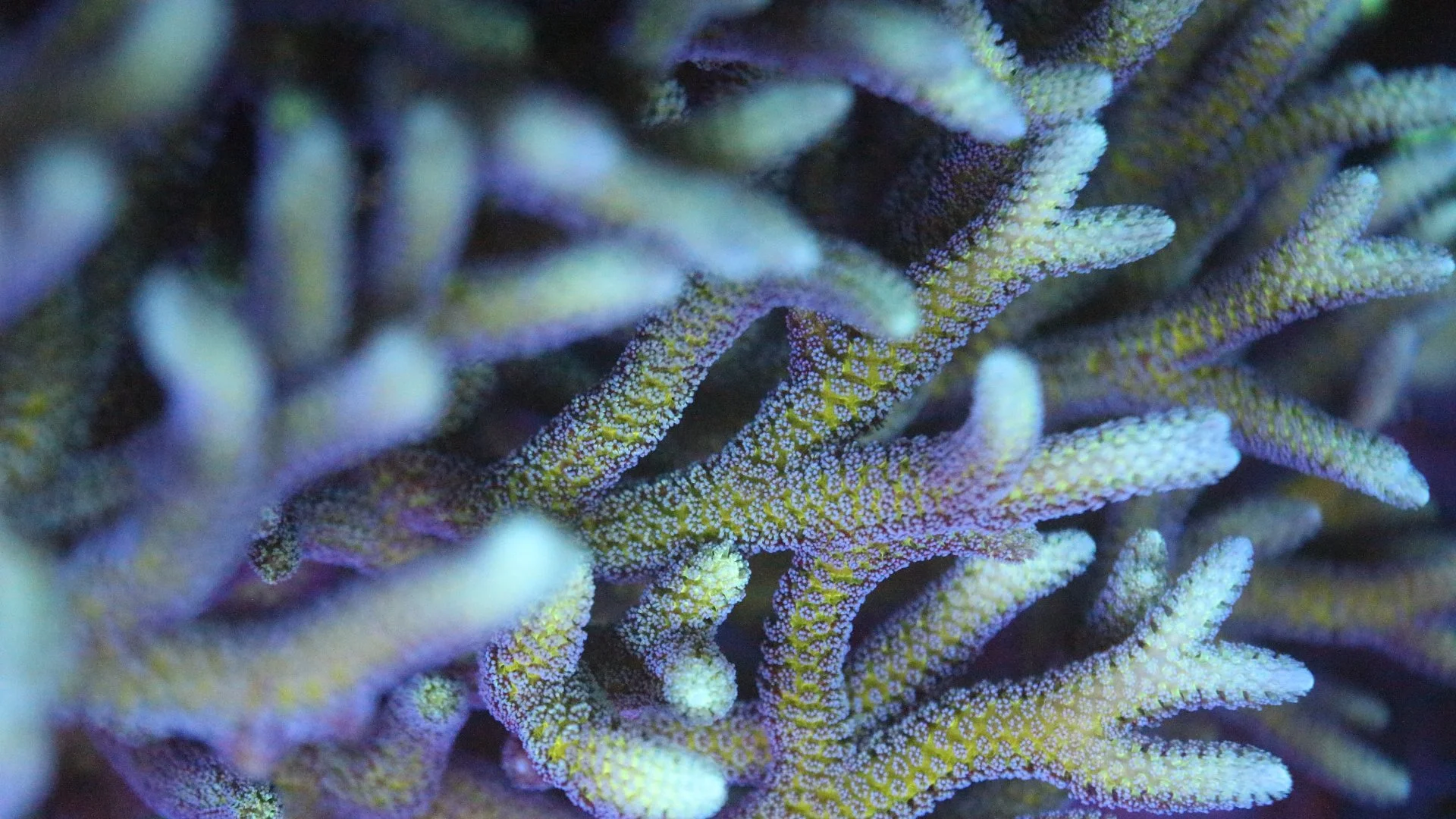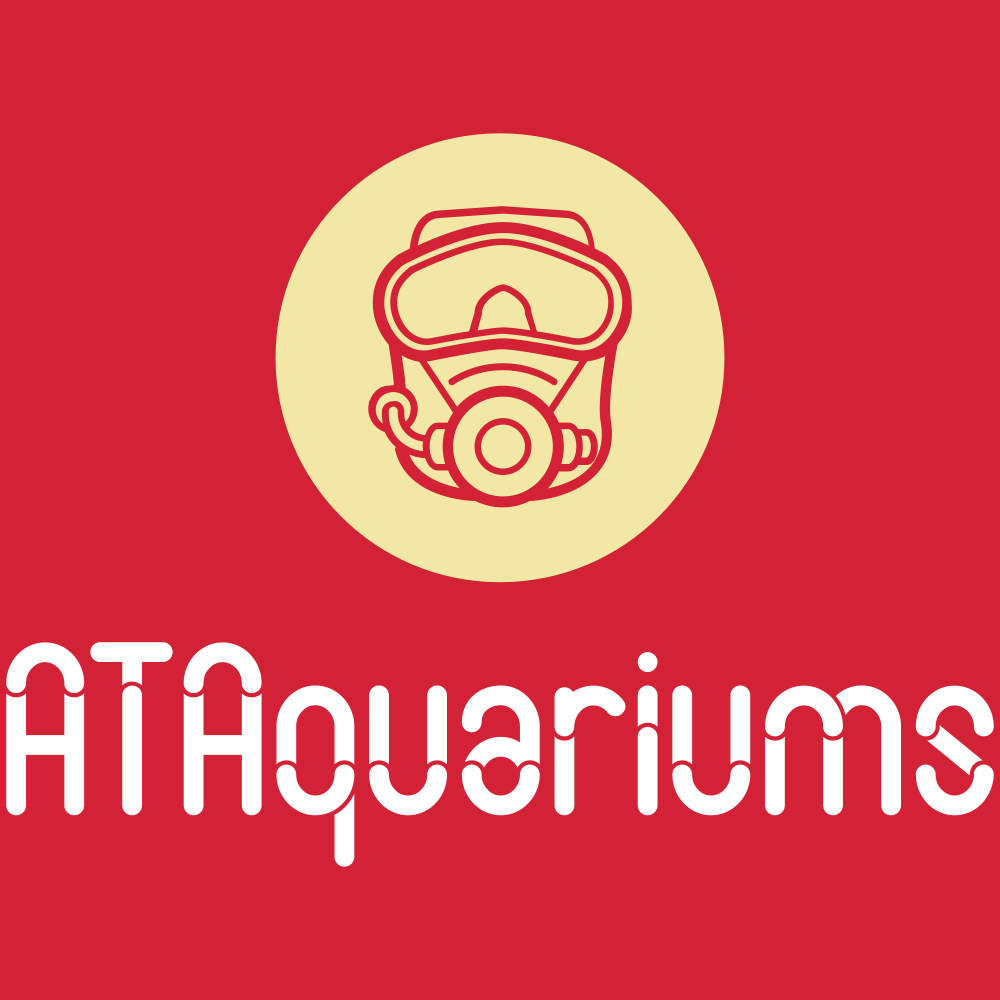 Image 1 of 1
Image 1 of 1


Australian Blue Polyp Birdsnest
The Blue Polyp Birdsnest Coral (scientific name: Seriatopora hystrix, often a color morph of the standard Birdsnest) is a striking aquacultured small polyp stony (SPS) coral from the Pocilloporidae family, hailing from Indo-Pacific reefs like Indonesia and Fiji. This variant stands out for its vivid blue polyps against a pale or golden skeletal base, making it a showstopper in reef tanks. It's prized for its fast growth and relative ease compared to other SPS corals, though it demands stable conditions to prevent tissue loss. In the wild, it forms tangled colonies in shallow, high-flow areas, providing habitat for small fish.
Appearance
Coloration: The polyps are the highlight—small, rounded, and an intense electric blue that fluoresces brightly under actinic/blue lights, creating a glowing, jewel-like effect. The branches are typically pale green or golden-brown, contrasting the blue polyps for a "neon nest" look. Polyps extend more at night to feed.
Structure: Delicate, thin branches intertwine in a bushy, "bird's nest" pattern—upright and weedy, with dense radial corallites (side polyps) giving a fuzzy texture. Mature colonies can span 6–12 inches.
Size and Growth: Frags start at 1–2 inches; it's one of the fastest-growing SPS (2–4 inches/month), forming compact thickets quickly.
Sold in 1-2” frags
The Blue Polyp Birdsnest Coral (scientific name: Seriatopora hystrix, often a color morph of the standard Birdsnest) is a striking aquacultured small polyp stony (SPS) coral from the Pocilloporidae family, hailing from Indo-Pacific reefs like Indonesia and Fiji. This variant stands out for its vivid blue polyps against a pale or golden skeletal base, making it a showstopper in reef tanks. It's prized for its fast growth and relative ease compared to other SPS corals, though it demands stable conditions to prevent tissue loss. In the wild, it forms tangled colonies in shallow, high-flow areas, providing habitat for small fish.
Appearance
Coloration: The polyps are the highlight—small, rounded, and an intense electric blue that fluoresces brightly under actinic/blue lights, creating a glowing, jewel-like effect. The branches are typically pale green or golden-brown, contrasting the blue polyps for a "neon nest" look. Polyps extend more at night to feed.
Structure: Delicate, thin branches intertwine in a bushy, "bird's nest" pattern—upright and weedy, with dense radial corallites (side polyps) giving a fuzzy texture. Mature colonies can span 6–12 inches.
Size and Growth: Frags start at 1–2 inches; it's one of the fastest-growing SPS (2–4 inches/month), forming compact thickets quickly.
Sold in 1-2” frags

